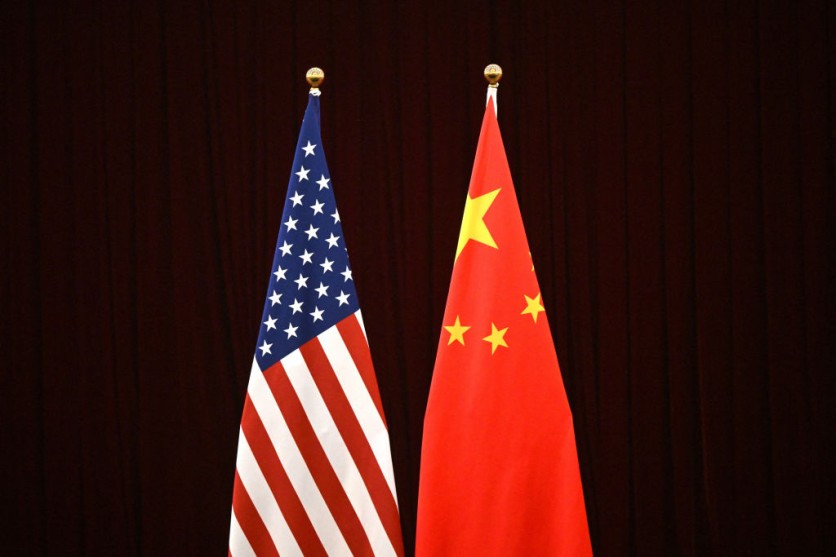A report released on Monday highlights a significant gap between the United States and China in developing high-tech nuclear power, with the US lagging 15 years behind China.

Rapid Advancements of China in Nuclear Energy
According to the US-based research institute Information Technology & Innovation Foundation, China's rapid advancements in nuclear energy are attributed to its strategic state-backed approach and substantial financial investments, which have given Chinese firms a notable competitive advantage over their Western counterparts.
China currently leads globally in nuclear energy advocacy, having constructed 27 nuclear reactors, each with an average construction period of approximately seven years, considerably quicker than other nations.
The country has also set ambitious targets to erect 150 new nuclear reactors from 2020 to 2035. A pivotal milestone for China has been the operational launch of the world's first fourth-generation nuclear reactor, for which it claims to have independently developed about 90% of the requisite technology.
Additionally, China has taken the lead in developing and introducing cost-effective small modular reactors (SMRs), enhancing its competitive edge in nuclear technology deployment.
Analysts suggest that China's prowess in nuclear innovation is anchored in its effective organizational strategies and systematic approach, which have enabled the country to excel in adopting and advancing fourth-generation nuclear technologies.
That includes significant progress in fields like nuclear fusion, wherein China and the US are seen as relatively evenly matched in research efforts. However, China's lead in large-scale deployment of fission reactors provides it with a distinct advantage for future fusion energy integration.
China's dominance extends beyond mere operational metrics; it also leads in scholarly impact within the nuclear energy sector, as evidenced by its top ranking in the H-index, a benchmark for evaluating academic publication influence, according to the Information Technology & Innovation Foundation.
Read Also : US Social Media-Based Public Opinion on Nuclear Energy Becoming Positive, New Study Shows
Waning Global Influence of the US
Industry analysts have lamented the US' waning global influence in nuclear energy. Observers like Kenneth Luongo, president and founder of the Partnership for Global Security, noted that the US has ceded its leadership position, necessitating a comprehensive national strategy to revitalize its nuclear energy sector.
To address these challenges, the US Department of Energy (DOE) has launched initiatives like the Advanced Reactor Demonstration Program (ARDP), which aims to accelerate the demonstration and commercialization of advanced nuclear reactors through partnerships with industry.
The study noted that policymakers will need to sustain funding commitments to modernize and maintain the US nuclear fleet, as outlined in recent legislative efforts to extend tax credits and relief funds for nuclear reactors.
These measures are crucial for revitalizing America's nuclear energy capabilities and positioning the nation as a key player in the global transition to sustainable energy solutions.
Related Article : Lockheed Martin to Develop Nuclear-Powered Spacecraft Thanks to $33.7 Million Grant from US Military

ⓒ 2025 TECHTIMES.com All rights reserved. Do not reproduce without permission.




